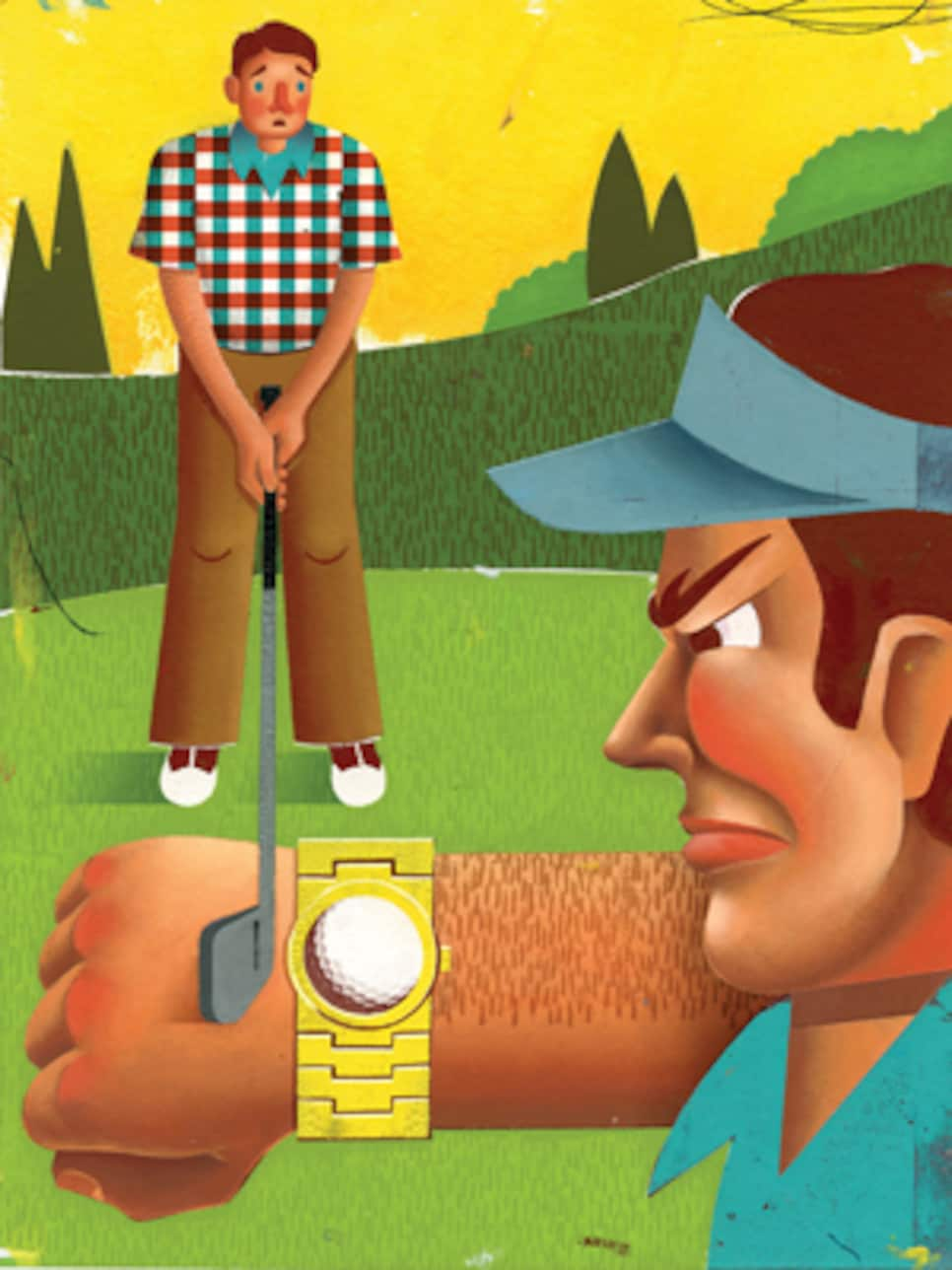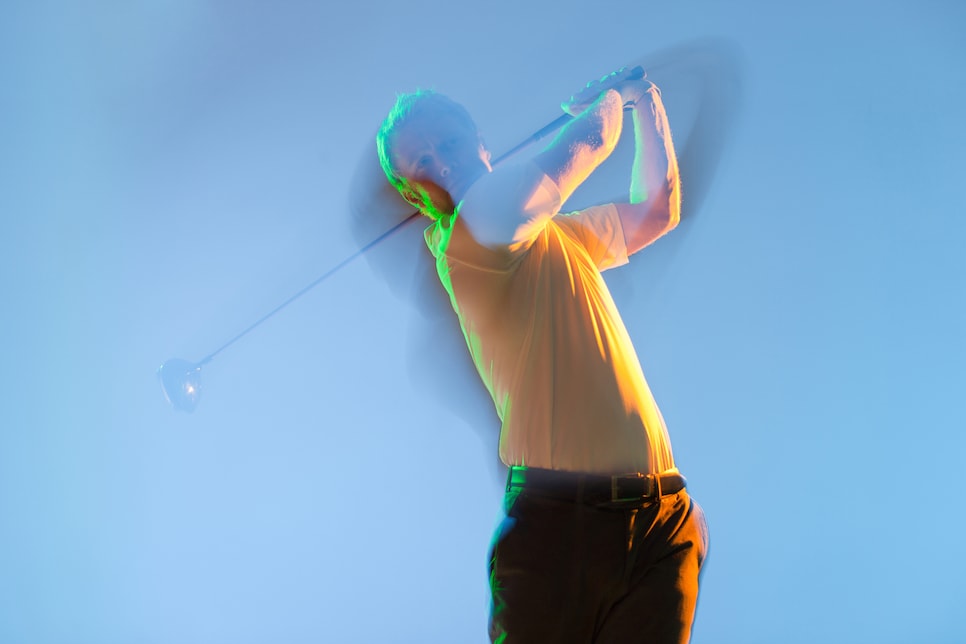All my life I had been taking practice swings, and the more I thought about why, the less sense it made. Sometimes I’d do two practice swings. Sometimes one. I hit good shots after bad-feeling practice swings, and missed putts after confident practice strokes.
So last fall, on a whim, I decided to try a round without them. No practice swings on full swings, no practice strokes on putts. I liked it, and haven’t bothered with them ever since. I seem to be playing better, too.
Two quick caveats before we go any further:
1. I’m strictly talking about on-course practice swings that are part of a pre-shot routine, not the kind of swings that you take in the garage during the offseason to stay loose or practice your technique. Those are great.
2. If you like your practice swings and think they help you play better, more power to you. I’m not a coach and I’m not here to tell you what to do.
With those out of the way, here’s why I’m a convert to the no practice swings lifestyle.
It helps me play faster
A round that drags is no fun. But it’s also not enjoyable playing a round when you feel rushed. Ditching the practice swings, at least for me, gives me the best of both worlds. I feel like I can play a little faster without even really noticing.
You may think that getting set, taking a practice swing, then continuing on only takes a few seconds. And maybe it does, but those extra seconds add up.

Let’s say you take, on average, one practice swing per shot you hit, and the whole process adds five seconds (which honestly seems pretty generous). Now, let’s say you shoot 80. The combined effect of all those practice swings has added more than six minutes to your round. If you’re one player in a foursome, and every player has a similar routine, now we’re talking 24 mins added for the group. Is it really worth it?
Practice swings don’t help as much as you think
A few weeks ago my boss, Sam Weinman (who you can follow in a mismatch playing golf with Joel Dahmen here) sent me a video of his practice swing, and then one of his real swing, and asked why his real swing looks so much different.
The answer is because golfers aren’t just swinging slower during their practice swing, they’re also not trying to hit their ball at a target, and their instincts to actually hit the ball aren’t taking over. They’re basically different skills. Just ask Dr Will Wu, a PHD who studies Motor Control and Learning who founded the Skilled Coaching Alliance.
“Practice swings are a different motor skill because it’s single object manipulation (the club). The real swing is double object manipulation (club and ball),” he says. “Practice swings are good if it’s reminding you of a feel. The problem comes when people compare the two and expect good ball striking outcomes from a good feel or look of a practice swing.”

It simplifies my thoughts
While it’s true that sometimes a great-feeling practice swing can boost your confidence, the flipside is also true. A weird practice swing can get the wheels turning too much, and leave you wondering what’s going on.
And so, no practice swings it is for me. Will it stick? Like everything in this fickle game, the answer is who knows. But I’m enjoying it, and if you want to mix things up in your own game, give it a try.



